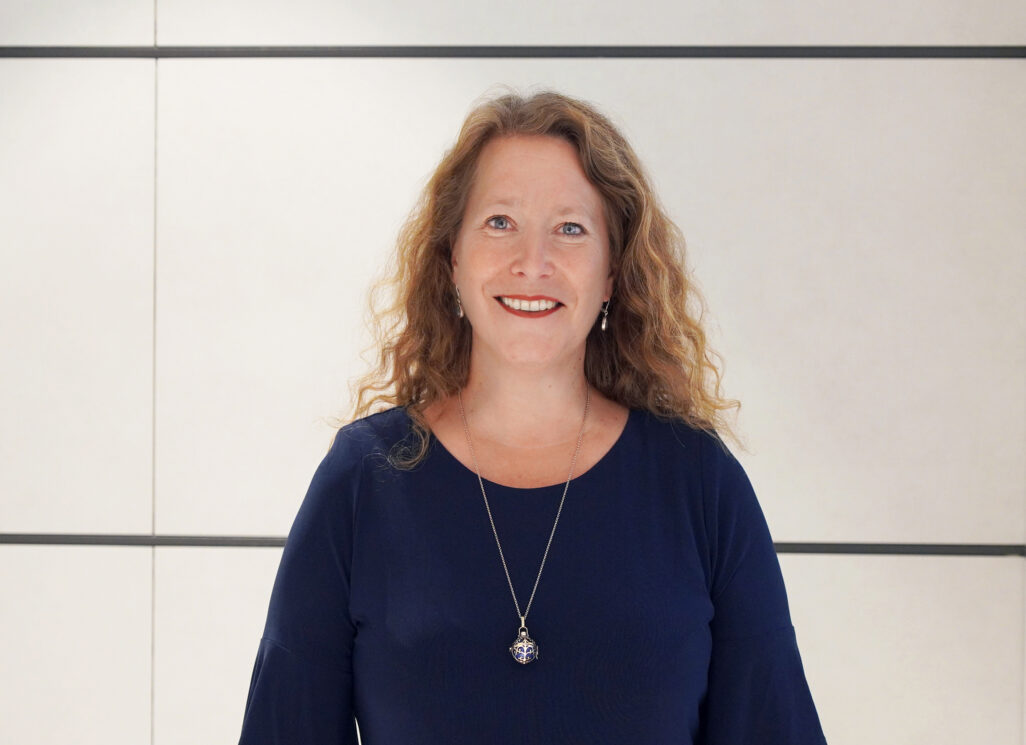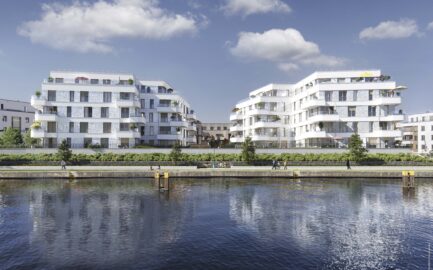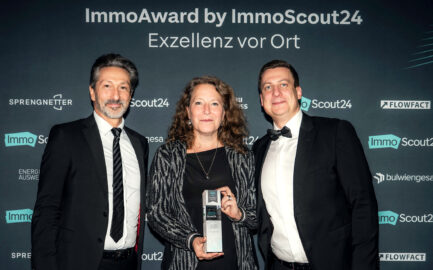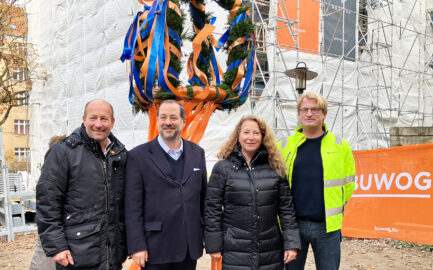In this episode we talk to Eva Weiß, Managing Director of BUWOG Bauträger GmbH, about neighbourhood development. How does a liveable residential quarter succeed from land acquisition to completion? What role does ecological, economic and social sustainability play? What drives up costs and how can we ensure that housing remains affordable?
“It can take several years from the initial sounding of the land to the creation of building rights!”
More than ever, the housing industry is faced with the challenging task of creating urgently needed living space and implementing future-proof solutions to issues such as sustainability, diversity and demographic change. BUWOG is rising to this challenge and realising new construction projects throughout Germany with currently around 32,000 flats under construction or in planning. The focus is primarily on the neighbourhood level.
As BUWOG Managing Director, real estate expert Eva Weiß is responsible for the new construction business in the north-east and knows the challenges and opportunities in developing new neighbourhoods.
Neighbourhood development needs patience
How does a liveable neighbourhood come into being and succeed? The first hurdle begins with the land. Large urban open spaces for new neighbourhoods are scarce and usually expensive, says Eva Weiß. A lot of time then passes before the land can be built on. This is due to consultations with the cities, municipalities and specialist departments. In addition, there are many expert opinions that have to be prepared over a long period of time. All this takes time and costs money. “It can take several years from the initial sounding of the land to the creation of building rights,” says Eva Weiß. Optimised, this takes two years, says the real estate expert. However, in individual cases it can take as long as 30 years.
But it is not only the time factor that is causing costs to rise: “Material prices have exploded in recent months, some of the craftsmen’s businesses are working at full capacity for one to two years, and supply chain problems are also making things more difficult.” Eva Weiß currently sees room for cost savings only in land prices and in simplified approval procedures to reduce planning costs.
Nevertheless, the development of new neighbourhoods also offers opportunities. Social, economic and ecological sustainability can be considered from the very beginning. This includes sustainable and affordable mobility and energy concepts, well thought-out floor plans for the needs of different target groups, commercial activities that accompany housing, and offers for children and senior citizens. In summary: A lively, diverse and sustainable residential quarter for a city of short distances.
An interesting interview about construction costs, lengthy approval procedures, citizen participation, contemporary floor plans and how good neighbourhoods succeed. Listen in now!
Other topics of interest:
BUWOG-Podcast: Smart City: Quartiere der Zukunft
BUWOG-Podcast: Nachhaltig bauen mit Holz
Nachhaltige Quartiersentwicklung: Wohnquartier Speicherballett










